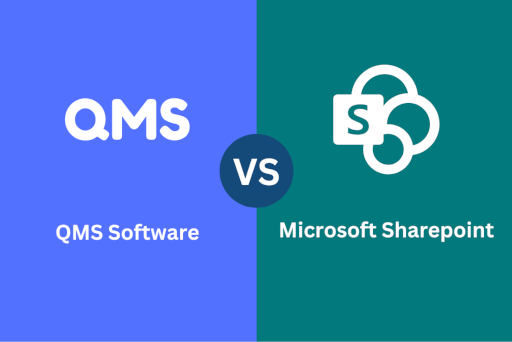The Impact of Regulatory Changes on Quality Management

Quality Management Systems (QMS) must continually evolve to meet changing regulatory requirements. For businesses, regulatory changes, such as updates to ISO standards, can significantly influence QMS strategies. As global markets and industries modernize, regulatory bodies are adapting their frameworks to meet new challenges, such as technological advancements, sustainability, and risk management.
Understanding the Scope of Regulatory Changes
In recent years, there have been several updates to regulatory standards that have a direct impact on QMS. One of the most significant is the transition to ISO 9001:2015. This update shifts focus from a prescriptive approach to a more flexible, risk-based mindset. Companies are now required to consider risk and opportunity in their quality processes. ISO 9001:2015 places more emphasis on leadership involvement, context analysis, and continuous improvement.
These changes challenge companies to think beyond just product quality. They must now integrate quality management with broader business objectives. For startups and established companies alike, this requires a shift in QMS strategies to embrace risk management, leadership engagement, and dynamic monitoring.
Key Changes and Their Impact on QMS Strategies
1. Risk-Based Thinking
One of the major updates in ISO 9001:2015 is the incorporation of risk-based thinking. This means that companies must identify risks and opportunities proactively, rather than reacting to issues as they arise. To comply with this standard, companies are developing processes to systematically assess potential risks throughout their operations.
Impact on QMS Strategy: Organizations are now integrating risk management into their QMS at every level. This often involves training employees to identify risks, utilizing technology to monitor processes in real time, and ensuring corrective actions are taken before issues escalate.
2. Increased Leadership Responsibility
The latest ISO standards also stress the importance of leadership in quality management. Top management is now expected to take a more active role in ensuring that the QMS aligns with the organization’s goals and values. This has led to changes in how companies structure their QMS, with leadership taking direct ownership of quality initiatives.
Impact on QMS Strategy: Leadership teams are becoming more engaged in setting quality objectives and reviewing quality performance regularly. This top-down approach encourages a culture of quality across the organization and ensures that quality management is integrated into strategic planning.
3. Focus on Context and Stakeholder Expectations
ISO 9001:2015 encourages companies to consider the broader context of their operations. This includes understanding the needs and expectations of stakeholders, such as customers, suppliers, and regulators. Companies must now ensure that their QMS accounts for external factors and addresses stakeholder concerns.
Impact on QMS Strategy: Businesses are expanding their QMS to include processes for monitoring and responding to stakeholder feedback. This often requires the use of advanced analytics to capture customer sentiment and predict market trends.
4. Documented Information Flexibility
ISO standards have shifted away from rigid documentation requirements. The new guidelines give companies the flexibility to determine the level of documentation necessary to support their QMS. This allows organizations to streamline processes while maintaining compliance.
Impact on QMS Strategy: Companies are revising their documentation processes to ensure they are efficient while meeting regulatory requirements. Many are adopting digital tools to manage and store QMS documents, making it easier to track changes and ensure consistency.
Adapting QMS for Compliance in a Changing Landscape
The shift toward more dynamic regulatory frameworks requires organizations to continually adapt their QMS strategies. Compliance is no longer a static process but an ongoing one that must evolve with the business environment. This means that companies need to build flexibility into their QMS, allowing them to respond quickly to new regulations, market changes, or technological advances.
Digital transformation plays a crucial role in this adaptation. Cloud-based QMS platforms, like TrackMedium, enable organizations to stay compliant by automating documentation, streamlining risk assessments, and facilitating continuous monitoring. These platforms help companies remain agile in the face of changing regulatory landscapes, ensuring they can adjust their processes efficiently while maintaining quality standards.
Conclusion
Regulatory changes, such as the updates in ISO standards, are reshaping the way organizations approach quality management. By focusing on risk management, leadership involvement, and flexibility, companies are better equipped to integrate quality management with overall business strategies. Trackmedium’s cloud-based QMS solution provides the tools companies need to stay compliant and adapt to these evolving regulatory requirements, ensuring that quality remains at the heart of their operations.




